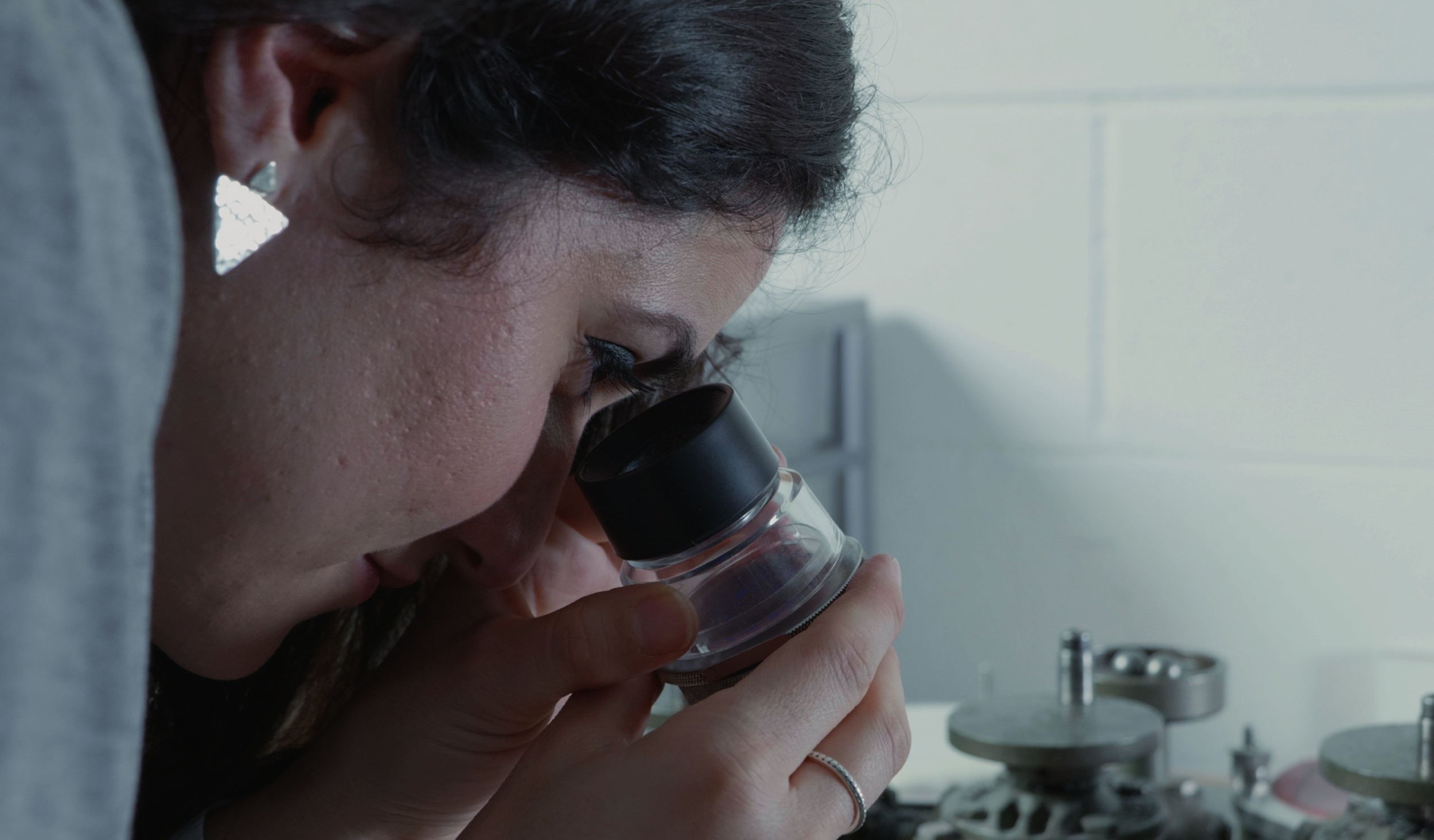
A chance to do things better
Sustainability is complicated.
Consumers are demanding more.
Demanding that we as an industry highlight why, and how, our products are sustainable. Naturally, consumers are looking for a shortcut, a logo, or an easy-to-understand claim.
The trouble is, sustainability isn’t that simple.
Clear data.
We’re being asked by retailers and consumers to highlight products that contain “sustainable features”. But these can be misinterpreted.
We must be clear about the data, the claims and the complexity of product composition.
It’s the right thing to do.
Introducing Material Facts
So, how do we deliver more accurate information?
Consumers are used to processing complex data, and don’t need shortcuts like logos, colours and terminology. So we’re giving them the raw data. The facts they need to make informed decisions.
We’re technical experts.
Driven by performance and accuracy. We believe in trust and honesty, and are frustrated with the lack of clarity and assumptions around sustainability criteria.
Taking the complexity out of sustainability information and presenting the raw Material Facts to consumers is the only way forward.
We may not have it right (yet), but we know being transparent and showing our methodology is vital. We call other brands and retailers to share the same data.
Open to see.
Each product has its own table, detailing the product’s composition.
Recycled material by weight.
Split by outer fabric, lining fabric, zips and trim material. This means you know exactly what and how much recycled material is used, and where.
Fluorocarbons (PFAS) noted by component.
So you see exactly where PFAS are being used in your product.
The % of renewable energy used in the final product manufacturing stage.
Country of origin, at point of purchase.
Size and weight assumptions.
So consumers don’t have to search for the information. We’ve made the Material Facts tables into images that can be added onto product display pages.
Displayed alongside product.
Supported with clear claims.
That summarise the Material Facts data.
Allowing retailers to be accurate about what the data means at a whole product level.
Watch the launch.
Where science communicator, Huw James, speaks to Debbie Read (Head of CSR & Corporate Comms) and Jim Evans (Marketing Director).
Recorded on Tuesday 16 November, from the Equip HQ in Derbyshire.
For Autumn/ Winter 2024, we’ve expanded Material Facts to cover Equipment and Packs. But this is no small feat. These product collections have a significant number of additional components compared to apparel, making them much harder to calculate.
Plus, we have added a new product characteristic- now sharing the % of renewable energy used in the final product manufacturing stage as our next phase of transparency.
Looking ahead, we’ll continue to expand the data provided on our tables and are already gathering feedback from industry groups, peers and consumers to find the priorities.
Calculating Material Facts is complex.
Contact us.
-
PR & Communications Manager Europe
-
PR & Communications North America
-
Marketing Manager Nordics
Want to learn more?
Email us, we’d love to tell you about it.




